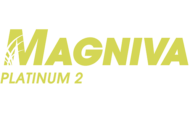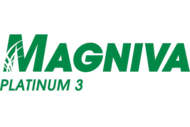Preventing excessive dry matter (DM) loss after ensiling is critical to maintaining both:
- Quantity of available forage
- Quality of silage
DM loss is often called silage “shrink”. When silage shrinks, there is less available silage. In addition, these DM losses are made up of the more valuable nutrients such as sugars, starches and soluble proteins. This leaves a higher concentration of lower-value nutrients, like fiber and ash.
Minimizing shrink loss can save producers significant amounts of money. Yet, there is no single solution to preventing DM losses. For example, in the United States, preventing 10% additional losses can save producers around $40,000 (U.S.) a year for a 500-cow dairy.* In periods of drought where yield is reduced, protection of maximum forage volume from the field to the feed pad is equally important.
Risks for DM Loss
DM losses occur by two primary means:
- Losses during the initial fermentation (active ensiling)
- Aerobic spoilage losses
Preventing DM Loss
To help reducing initial fermentation losses, all efforts must be made to ensure exposure to air is minimized.
- Fill quickly
- Pack quickly and densely
- Cover and seal quickly
- Use research-proven forage inoculant
With spoilage losses, the key is to prevent or delay the growth of spoilage bacteria, yeasts, and subsequently molds, that grow when oxygen gets into the silage at feedout. This can result in silage heating. Again, choosing the right forage inoculant can help.
DM losses can occur once the silage face is exposed to air during feedout. Manage the feedout face properly to help reduce losses.
* Based on 500 cows consuming 20 lb DM/day, for 3,650 tons of silage a year with silage valued at $110 per ton on a DM basis.






